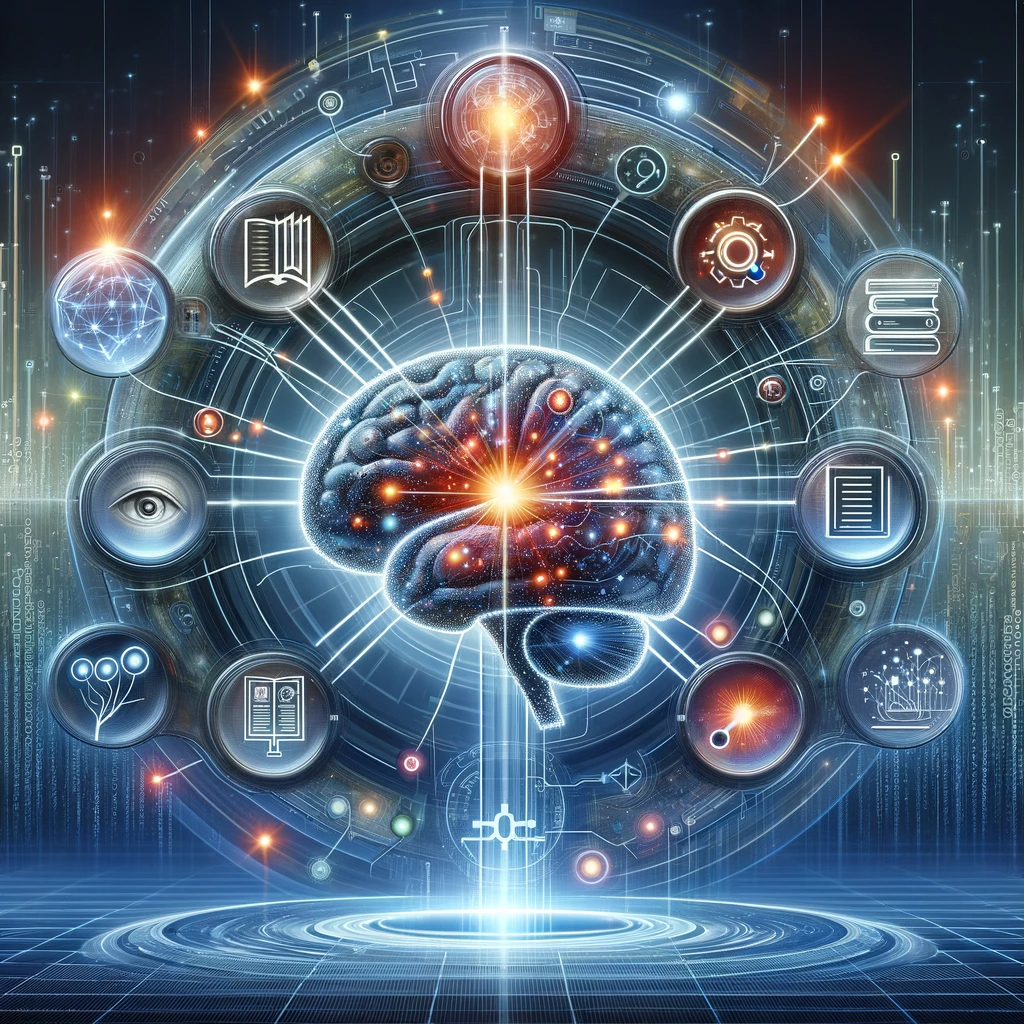
It's been a remarkable year since the launch of ChatGPT, and it's been nothing short of a game-changer in the world of AI, particularly here at Lynx Analytics. What began as an internal project, experimenting with third-party Large Language Models (LLMs) to create AI assistants, has blossomed into our fastest-growing offering: generative AI solutions for all sorts of industries and use cases.
One of the common trends from these projects is a need for generative AI applications that are trained on corporate data in order to provide highly contextualized outputs. To achieve this, we began exploring Retrieval-Augmented Generation (RAG).
What is Retrieval-Augmented Generation (RAG)
Retrieval-Augmented Generation is a technique in Natural Language Processing (NLP) that combines two key elements: retrieval of relevant information from a database or knowledge source, and generation of text or content based on this retrieved information. It involves using retrieved data to enhance or guide the generation process, enabling models to produce more contextually relevant and accurate outputs by leveraging external knowledge sources during the generation phase. This empowers our generative AI applications to deliver highly contextualized responses, while using the natural language capabilities of any generic LLM.
How are we using Retrieval-Augmented Generation (RAG) at Lynx Analytics
At Lynx Analytics, we are using Retrieval-augmented generation (RAG) models to create knowledge repositories using our customer's own data. One big advantage of such an approach is that we can update and modify the knowledge base on a continuous basis without having to fine-tune the LLM every time. Another intrinsic advantage of RAG is that contributes to greater transparency in LLM outputs by providing traceable information sources.
And we are now pushing innovation even further by using Graph AI, one of our core competencies, to improve the performance of our RAG models. By storing information for the knowledge base in the form of a graph, our generative AI applications can achieve greater speed and accuracy in their outputs.
One of our standout projects in this journey was our collaboration with HKT. Together, we developed a groundbreaking customer service application that leverages open-source components.
“This collaborative effort has not only redefined customer service within the telecommunications industry but also exemplified responsible AI deployment, setting a standard for ethical and transparent AI-driven interactions” says Chung NG, SVP, Technology, Strategy and Development at HKT.
To dive deeper into the remarkable story behind this project, I invite you to read the full customer success story here.
Keep visiting our site as we will be adding more resources focused on RAG and examples of applications that re powered by combining LLMs, RAG, and Graph AI. You can explore our generative AI solutions by visiting our dedicated web page.
